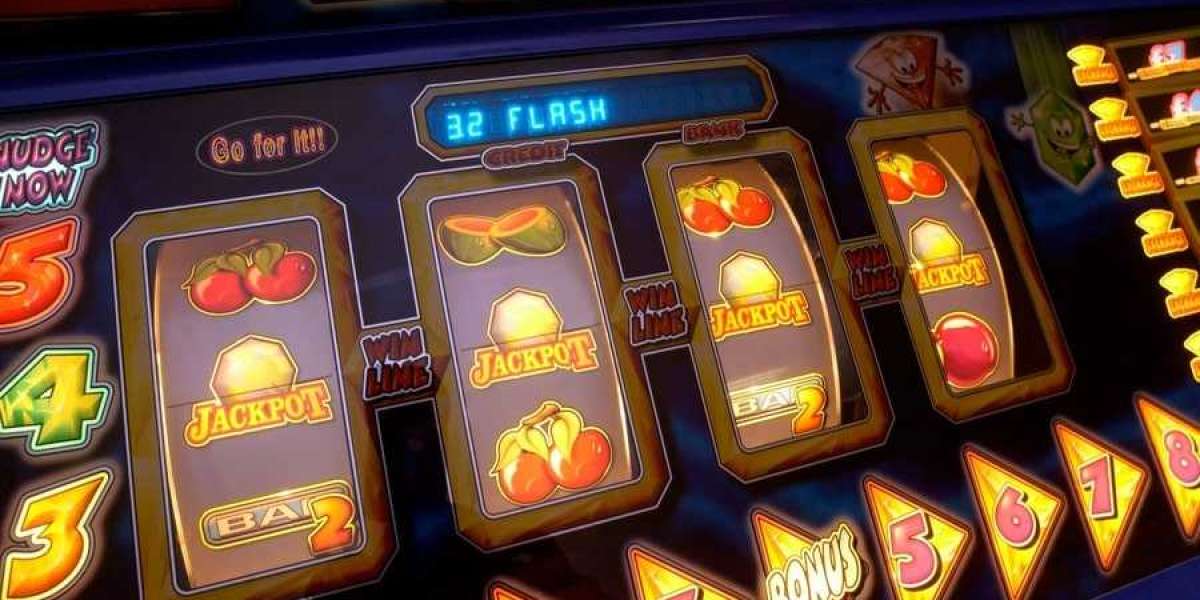Welcome to the ultimate solar charge controller fix-it guide: troubleshooting made easy. Solar charge controllers are essential components in photovoltaic systems, ensuring that batteries are charged efficiently and safely. However, like any technology, they can encounter issues. This article will explore the top five common problems and provide practical solutions.

1. Inconsistent Charging
One of the most frequent issues users face is inconsistent charging. This can lead to battery overcharging or undercharging, which ultimately affects performance. Have you checked the solar panel connections? Loose or corroded connections can disrupt the flow of electricity. Ensure that all connections are secure and free from corrosion.
2. Overheating
Overheating is another common problem that can damage your solar charge controller. If you notice that your device is excessively hot, it may be due to poor ventilation. Consider the following:
- Ensure the controller is installed in a well-ventilated area.
- Check for any obstructions that may block airflow.
- Inspect the ambient temperature; extreme heat can exacerbate the issue.
By addressing these factors, you can help prevent overheating and prolong the life of your controller.
3. Error Codes and Alerts
Many solar charge controllers come equipped with error codes or alerts to indicate issues. Have you ever wondered what these codes mean? Understanding the specific error codes can guide you in troubleshooting. Refer to the user manual for your model to decipher these codes. If the manual is unavailable, consider visiting this resource for a comprehensive troubleshooting guide.
4. Battery Not Charging
If your battery is not charging, it can be frustrating. This issue may arise from several factors, including:
- Faulty solar panels.
- Incorrect settings on the charge controller.
- Defective batteries.
To resolve this, start by checking the solar panels for any damage. Next, verify that the settings on your charge controller match the specifications of your battery. If everything appears correct, it may be time to test the batteries themselves.
5. Incompatibility Issues
Lastly, incompatibility between the solar charge controller and the battery type can lead to performance issues. Are you using a controller designed for your specific battery chemistry? Always ensure that your charge controller is compatible with the type of batteries you are using, whether they are lead-acid, lithium-ion, or another type.
In conclusion, the ultimate solar charge controller fix-it guide: troubleshooting made easy provides essential insights into common issues and their solutions. By understanding these problems and implementing the suggested fixes, you can enhance the efficiency and longevity of your solar energy system. For more detailed troubleshooting, visit this link.








